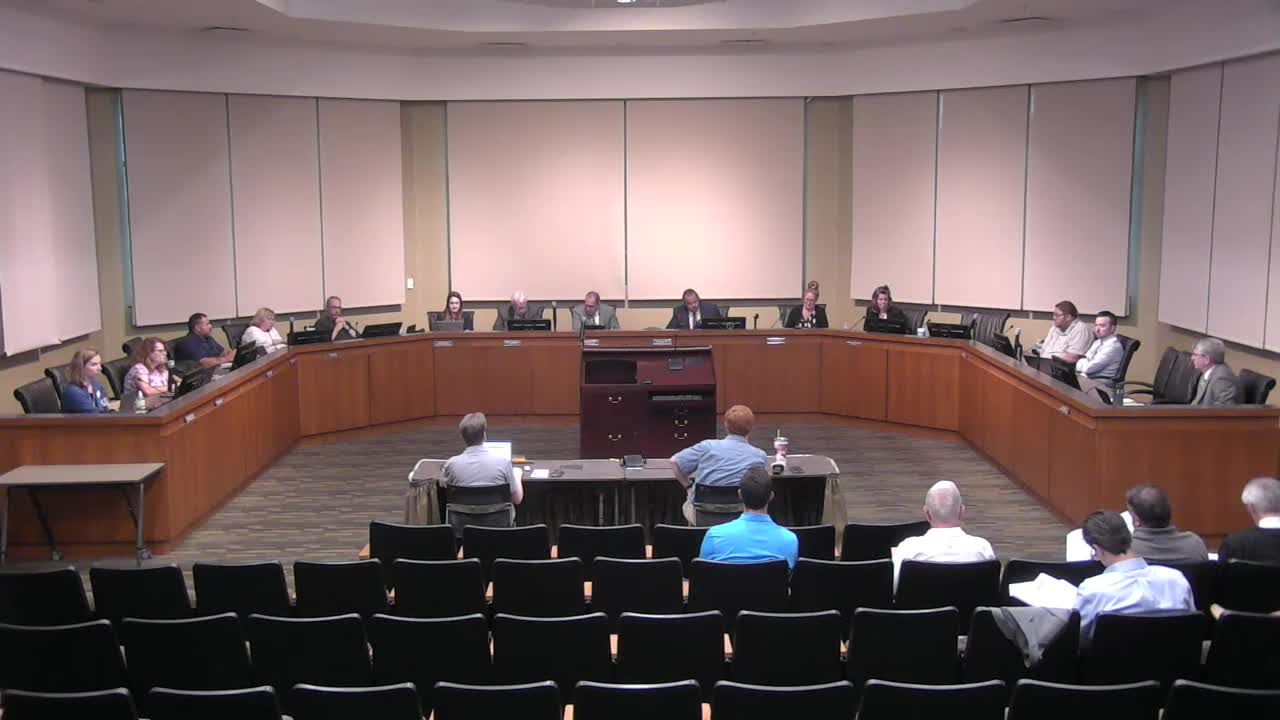Oswego launches ambitious plan to enhance urban forest health
June 11, 2024 | Oswego, Kendall County, Illinois

This article was created by AI summarizing key points discussed. AI makes mistakes, so for full details and context, please refer to the video of the full meeting. Please report any errors so we can fix them. Report an error »

During a recent government meeting, Maddie Eppelmann presented a comprehensive report on the state of the urban forest in Oswego, following an extensive inventory conducted by Great Lakes Urban Forestry Management. The assessment, which cataloged 19,457 trees and 1,404 planting spaces within municipal boundaries, was part of a strategic initiative to enhance the village's green assets.
The report highlighted the importance of urban trees as community assets, providing ecological and economic benefits. The village secured a $25,000 grant from the Morton Arboretum to help fund the inventory, which aimed to develop long-term management practices for the urban forest.
Eppelmann detailed the data collected on each tree, including species, condition ratings, and recommendations for maintenance. The findings indicated that 68% of the trees are in good health, requiring only regular pruning, while 2% are recommended for removal due to poor condition. The overall tree population was characterized as being in above-average condition, with a high stocking density of 93%.
However, the report also raised concerns about species diversity, noting that over half of the trees are represented by just five species, primarily maples. This lack of diversity poses a risk for potential infestations and diseases, prompting recommendations to increase the planting of non-maple species and adhere to the 20-10-5 rule for future plantings.
Eppelmann emphasized the need for a proactive approach to tree maintenance, as the current capacity of the Public Works Department is limited. With a backlog of 2,667 trees requiring priority pruning, it could take up to four years to address these needs at the current rate of 700 trees per year.
The meeting concluded with discussions on potential partnerships for tree maintenance and the importance of investing in the urban forest to ensure its health and sustainability. The village aims to increase its tree canopy from 9.41% to 15% by 2044, recognizing the significant benefits trees provide, including improved air quality, stormwater management, and increased property values.
The report highlighted the importance of urban trees as community assets, providing ecological and economic benefits. The village secured a $25,000 grant from the Morton Arboretum to help fund the inventory, which aimed to develop long-term management practices for the urban forest.
Eppelmann detailed the data collected on each tree, including species, condition ratings, and recommendations for maintenance. The findings indicated that 68% of the trees are in good health, requiring only regular pruning, while 2% are recommended for removal due to poor condition. The overall tree population was characterized as being in above-average condition, with a high stocking density of 93%.
However, the report also raised concerns about species diversity, noting that over half of the trees are represented by just five species, primarily maples. This lack of diversity poses a risk for potential infestations and diseases, prompting recommendations to increase the planting of non-maple species and adhere to the 20-10-5 rule for future plantings.
Eppelmann emphasized the need for a proactive approach to tree maintenance, as the current capacity of the Public Works Department is limited. With a backlog of 2,667 trees requiring priority pruning, it could take up to four years to address these needs at the current rate of 700 trees per year.
The meeting concluded with discussions on potential partnerships for tree maintenance and the importance of investing in the urban forest to ensure its health and sustainability. The village aims to increase its tree canopy from 9.41% to 15% by 2044, recognizing the significant benefits trees provide, including improved air quality, stormwater management, and increased property values.
View full meeting
This article is based on a recent meeting—watch the full video and explore the complete transcript for deeper insights into the discussion.
View full meeting
